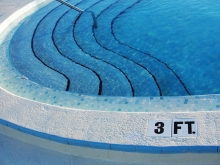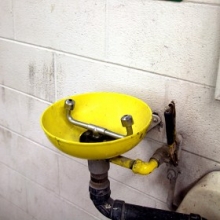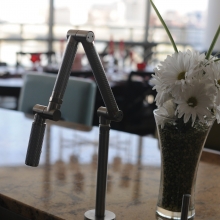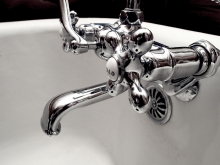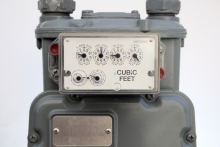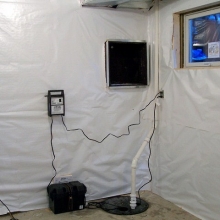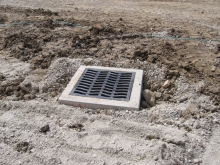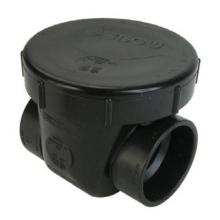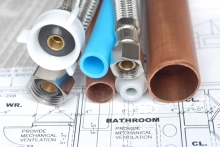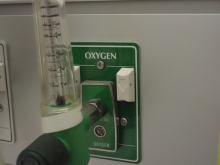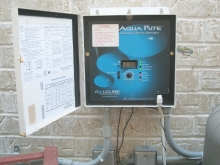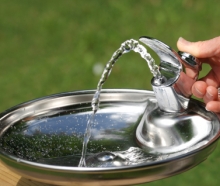Swimming Pool Plumbing Systems
A typical swimming pool has a number of major components including a basin, a motorized pump, a water filter, drains, return lines, and plumbing piping connecting these components. Chlorine is often the sanitizing agent used in swimming pools, and given the corrosive nature of chlorine, PVC plastic is usually the material of choice for swimming pool plumbing and piping. The water in a pool must be sanitized and have debris strained out of it.
